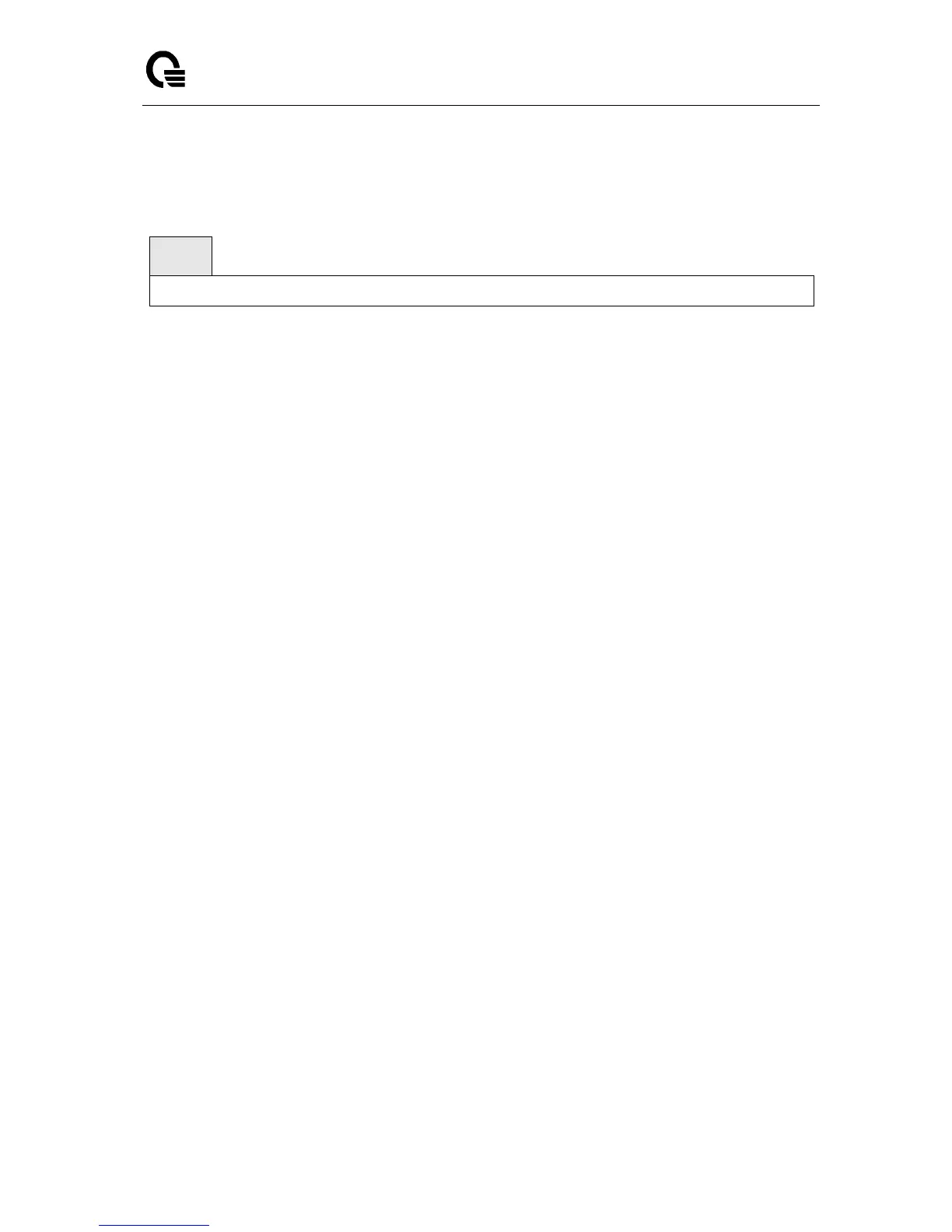_____________________________________________________________________________
LB9 User’s Guide 706/1523
7.3.1.7 show ip ospf interface
This command displays the information for the IFO object or virtual interface tables.
Default Setting
None
Command Mode
Privileged Exec
User Exec
Display Messages
IP Address: The IP address for the specified interface.
Subnet Mask: A mask of the network and host portion of the IP address for the OSPF interface.
Secondary IP Address(es): The secondary IP addresses if any are configured on the interface.
OSPF Admin Mode: States whether OSPF is enabled or disabled on a router interface.
OSPF Area ID: The OSPF Area ID for the specified interface.
OSPF Network Type: The type of network on this interface that the OSPF is running on.
Router Priority: A number representing the OSPF Priority for the specified interface.
Retransmit Interval: A number representing the OSPF Retransmit Interval for the specified
interface.
Hello Interval: A number representing the OSPF Hello Interval for the specified interface.
Dead Interval: A number representing the OSPF Dead Interval for the specified interface.
LSA Ack Interval: A number representing the OSPF LSA Acknowledgment Interval for the specified
interface.
Transit Delay Interval: A number representing the OSPF Transit Delay for the specified interface.
Authentication Type: The OSPF Authentication Type for the specified interface are: none, simple,
and encrypt.
Metric Cost: The cost of the OSPF interface.
Passive Status: Shows whether the interface is passive or not.
OSPF MTU-ignore: Indicates whether to ignore MTU mismatches in database descriptor packets
sent from neighboring routers.
The information below will only be displayed if OSPF is enabled.
State: The OSPF Interface States are: down, loopback, waiting, point-to-point, designated router,
and backup designated router.
Designated Router: The router ID representing the designated router.
